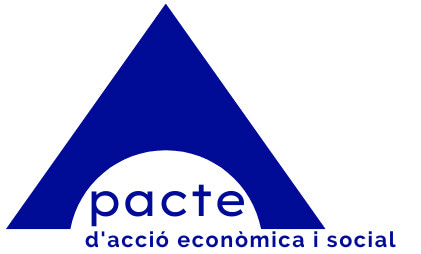A well-crafted nonprofit budget ensures financial sustainability, supports strategic decision-making, and fosters transparency with donors, stakeholders, and the communities you serve. In short, for nonprofits, where every dollar has a purpose, efficient budgeting is highly important. As you begin creating any of these types of budgets, there are templates and resources available online to help you organize your nonprofit’s unique structure of revenue and expenses. However, the best way to ensure an effective budget is to work with a nonprofit accountant. A https://namesbluff.com/everything-you-should-know-about-accounting-services-for-nonprofit-organizations/ nonprofit operating budget is a financial document that provides an overview of how a nonprofit organization is planning to spend its money.
Nonprofit Marketing Budget Plan Template
Program costs are directly tied to the activities that fulfill the organization’s mission. These include expenses related to service delivery, educational programs, and other initiatives that directly benefit the community. Accurate reporting of program costs ensures that donors and grantors can see the tangible impact of their contributions. Include program expenses in your nonprofit program budget template to ensure that your resources are used efficiently while achieving your mission goals. This nonprofit startup operating budget template features sections for total one-time startup expenses, monthly expenses, and total funds required to operate.
Planning a nonprofit budget: Example and best practices
- Project budgets should outline your overall spending plan for your entire project, from successfully executing it to evaluating its impact and sustainability.
- List expenses for books, magazines, newspapers, and Internet and software subscriptions, such as Zoom and Dropbox.
- Let’s consider a case where a health-focused nonprofit operates a free clinic.
- While these costs are essential, they are typically not directly related to the organization’s mission.
- Key elements include projected revenues, categorized by funding sources, and detailed expense allocations, segmented into program costs, administrative expenses, and fundraising activities.
In recent years, charitable giving from individuals has skyrocketed to a remarkable $500B per year. But even with these staggering numbers, many nonprofits—particularly small- to mid-sized organizations—are still underfunded. Once the initial budget is drafted, review it with stakeholders to identify potential gaps or misallocations. Make necessary adjustments to ensure the budget is both realistic and aligned with organizational priorities.
Types of Nonprofit Budgets and How to Create Them
We recommend setting aside at least 5-10% of your annual budget for emergencies. Nonprofits are recommended to have general liability (premise), commercial automobile (non-owned/hired), and directors and officers accounting services for nonprofit organizations (D&O) liability coverages. If you have started a new nonprofit, you will still need to create a budget. This can be a daunting task for a new nonprofit because you do not have history to review, but there are some tips that can help make it easier.
- You’ll be able to make adjustments earlier, like reallocating funds or planning to raise more revenue.
- Overall, good budget planning requires knowledgeable board directors, a solid planning process and the tools to complete the job successfully.
- Integrating these methods supports dynamic budget adjustments, allowing organizations to respond to unforeseen financial challenges or opportunities.
- These individual budgets can have many nuances, as you may have to fund them internally or rely on donations.
- The budget is then presented to the nonprofit board of directors for comment, feedback, and, eventually, approval.
Then, estimate likely gift increases per donor, based on the quality of the relationships. Don’t forget to track restricted and unrestricted funds, and how you are spending them. For example, if you tell your donors that all donations will go directly to program expenses, those are then restricted funds that you need to exclusively use to support programs. Maintaining trust requires an ongoing effort to prove responsible management of operations and fiscal professionalism toward an organization’s mission.
However, their roles should be clearly defined to maintain financial accuracy and confidentiality while maximizing the benefits of their contributions to the budgeting cycle. Because financial environments and organizational priorities frequently shift, regularly reviewing and updating the budget is essential to maintain alignment with strategic objectives. Continuous budget revisions enable nonprofits to respond proactively to funding changes, unforeseen expenses, and programmatic adjustments.
Such structure ensures that all funding is well tracked and spent as it is intended, thus aligning with the overall organization’s mission. Fundraising expenses for nonprofit organizations form a critical part of their operations. These costs encompass all activities related to soliciting contributions, grants, and donations. It is essential for nonprofits to accurately track and report these expenses to prevent misleading financial reports and maintain their integrity. By properly categorizing and reporting expenses, nonprofits can better strategize their resources toward achieving their mission while retaining their nonprofit status. It’s not just about balancing the books; it’s about creating a clear financial roadmap, a basis that aligns resources with mission-driven goals.






